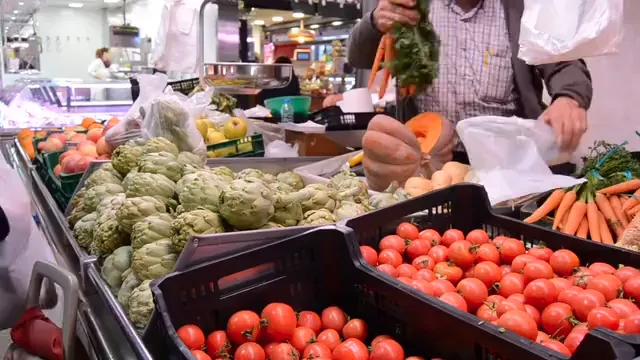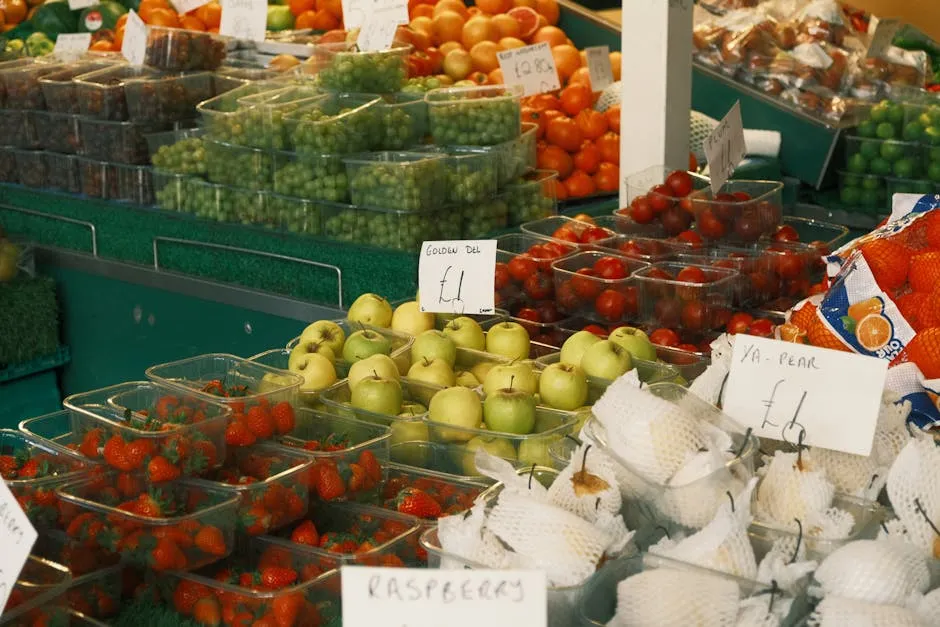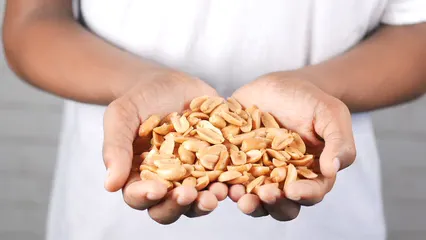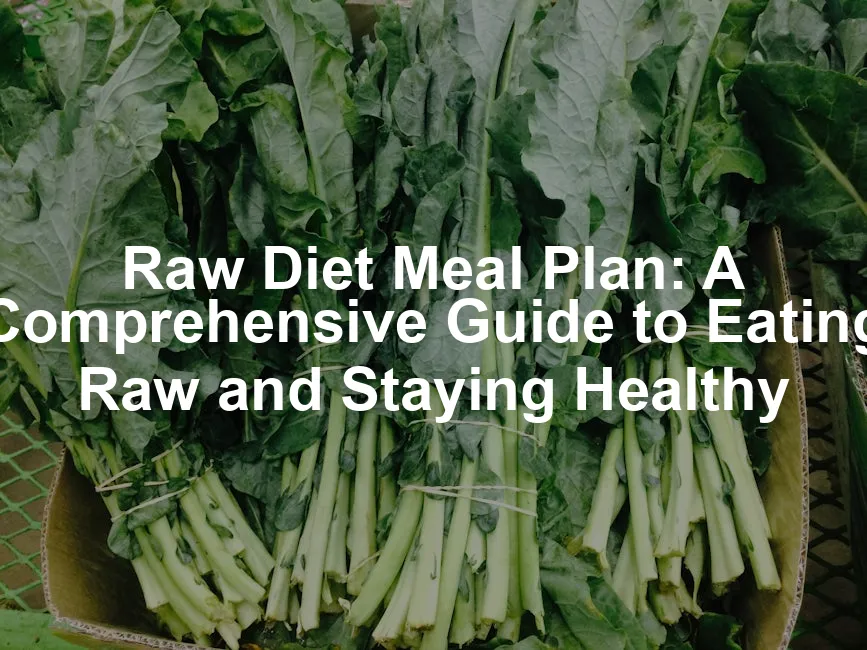Introduction
Have you ever thought about trying a raw diet? This style of eating focuses on uncooked, unprocessed foods. It has gained popularity in recent years, and for good reason! Many people report improved health and effective weight management. In this section, we’ll break down a raw diet meal plan and share practical tips to help you get started.
Summary and Overview
So, what exactly is a raw diet? It primarily includes fruits, vegetables, nuts, and seeds. These foods are consumed in their natural state, avoiding any cooking or processing. The idea is simple: raw foods retain more nutrients and enzymes, promoting better health.
The raw food philosophy emphasizes maximizing nutrient intake while steering clear of processed foods. By focusing on whole, unaltered ingredients, you potentially reduce the risk of chronic diseases. However, it’s essential to note that a raw diet does come with its potential risks, such as nutrient deficiencies. Balance is key!

What is a Raw Diet?
A raw diet, or raw foodism, promotes eating foods that haven’t been heated above 118°F. This includes a variety of fresh fruits, vegetables, nuts, and seeds. The philosophy is rooted in the belief that cooking can destroy vital nutrients.
Alternative preparation methods are allowed, such as juicing, blending, and sprouting. Some variations of raw diets include raw veganism, which excludes all animal products. Whether you choose a fully raw approach or a more flexible one, focusing on whole, unprocessed foods is the heart of the raw diet.
With this understanding, you’re now ready to explore the benefits and practicalities of a raw diet. Up next is a detailed look at the advantages and how to navigate this lifestyle effectively!
Benefits of a Raw Diet
Are you curious about the benefits of a raw diet? It offers several health advantages that can enhance your overall well-being. Let’s break down the key benefits associated with this lifestyle.
Nutrient Retention
Raw diets are rich in nutrients. When food is cooked, many nutrients can be lost. For example, cooking can reduce vitamin C levels in fruits and vegetables by up to 38%. By eating raw, you retain more vitamins, minerals, and enzymes. This can lead to better health and vitality.
Weight Management
Another significant advantage is weight management. Raw foods are naturally low in calories yet high in fiber. This combination helps you feel full longer. A study showed that individuals on a raw diet lost weight more effectively than those on processed diets. If you’re looking to shed some pounds, this approach may be beneficial.
If you’re considering incorporating more fiber into your diet, why not try Organic Chia Seeds? These tiny powerhouses are not only rich in fiber but also packed with omega-3 fatty acids, which can help keep your heart healthy while you manage your weight!

Improved Digestion and Gut Health
Raw diets can also promote better digestion. The high fiber content aids bowel regularity. Plus, raw foods contain natural enzymes that help break down food. Many people report improved gut health after switching to a raw diet. This can lead to less bloating and discomfort.
Want to enhance your raw meals? A Spiralizer Vegetable Slicer makes it easy to create fun and healthy vegetable noodles. You can enjoy guilt-free pasta dishes while boosting your veggie intake!
In summary, a raw diet boasts impressive health benefits. From retaining nutrients to aiding weight loss and improving digestion, it may be worth considering. However, it’s essential to plan your meals carefully to ensure you meet all your nutritional needs. Always consult a healthcare professional before making drastic dietary changes.
Foods to Include in a Raw Diet
Fresh Fruits
Fruits are the stars of a raw diet! They provide essential vitamins and minerals. Some popular choices include apples, bananas, berries, and oranges. These fruits are not only delicious but also packed with nutrients.

Raw Vegetables
Don’t forget about vegetables! Leafy greens, carrots, cucumbers, and bell peppers are great options. These veggies are rich in fiber and antioxidants. Eating them raw maximizes their nutritional benefits. Try mixing different vegetables in salads or smoothies for a nutrient boost.
Nuts and Seeds
Nuts and seeds are essential for healthy fats and proteins. Almonds, walnuts, sunflower seeds, and chia seeds make excellent snacks. They are nutrient-dense and can keep you satiated throughout the day.
If you’re a nut lover, you might want to try Organic Almonds. They’re not just delicious; they’re also a fantastic source of vitamin E and magnesium, which can contribute to heart health!
Sprouted Grains and Legumes
Sprouted foods add variety to your diet. They are easier to digest and packed with nutrients. Consider including sprouted lentils or quinoa in your meals to enhance nutrient absorption and add texture.
To make your meals even more interesting, consider investing in a Nut Milk Bag. It’s perfect for making your own plant-based milks and can help you incorporate more sprouted grains into your diet. Plus, it’s a fun kitchen gadget!
Incorporating these foods into your raw diet ensures you get a balanced intake of essential nutrients. Enjoy the vibrant flavors and health benefits of raw eating!
Nuts and Seeds
Nuts and seeds are vital for a raw diet. They provide healthy fats, proteins, and essential nutrients. Almonds, walnuts, chia seeds, and flaxseeds are excellent choices. These foods help keep you full and satisfied. Healthy fats support brain function and reduce inflammation. Plus, they’re rich in antioxidants, which combat oxidative stress. Including a variety of nuts and seeds in your meals can enhance your nutrition significantly. Enjoy them as snacks or add them to smoothies and salads for an extra crunch.

Sprouted Grains and Legumes
Sprouted foods are a fantastic addition to your raw diet. They are easier to digest than their unsprouted counterparts. When grains and legumes sprout, their nutrient content increases. This process enhances vitamin availability and boosts protein levels. Sprouted lentils, quinoa, and chickpeas are nutrient-rich options. Including these in your diet can improve digestion and nutrient absorption. They also add variety to your meals, making them more enjoyable.
Eating a mix of fresh fruits, vegetables, nuts, seeds, and sprouted grains is essential. These foods are not only delicious but also promote overall health. Consider incorporating raw snacks made from these ingredients. They can provide energy and satisfy cravings while nourishing your body.
7-Day Raw Diet Meal Plan
Day 1
Breakfast: Fresh fruit salad with bananas, strawberries, and kiwi.
Lunch: Zucchini noodles topped with cherry tomatoes and basil.
Dinner: Raw vegan sushi rolls with avocado, cucumber, and cauliflower rice.
Snacks: Almonds and carrot sticks with raw hummus.
Day 2
Breakfast: Green smoothie with spinach, banana, and almond milk.
Lunch: Raw veggie wrap with lettuce, bell peppers, and sunflower seeds.
Dinner: Raw tomato soup with diced cucumbers and fresh herbs.
Snacks: Sliced apple with almond butter.
Day 3
Breakfast: Chia pudding topped with mixed berries and coconut flakes.
Lunch: Spiralized carrots with homemade peanut sauce.
Dinner: Raw cauliflower rice with marinated veggies and avocado.
Snacks: Celery sticks with raw nut butter.
Day 4
Breakfast: Overnight oats with almond milk, chia seeds, and banana.
Lunch: Spinach salad with walnuts, strawberries, and balsamic dressing.
Dinner: Raw lasagna with zucchini sheets, marinara, and cashew cheese.
Snacks: Raw Energy Bar Mix and raw energy balls.
Day 5
Breakfast: Smoothie bowl with acai, banana, and topped with granola.
Lunch: Raw taco salad with lettuce, avocado, and sprouted lentils.
Dinner: Stuffed bell peppers with walnut meat and herbs.
Snacks: Mixed nuts and carrot sticks.
Day 6
Breakfast: Fresh fruit platter with seasonal fruits and mint.
Lunch: Raw quinoa salad with cucumbers, tomatoes, and lemon dressing.
Dinner: Raw vegan pizza with nut-based crust and assorted toppings.
Snacks: Zucchini chips with guacamole.
Day 7
Breakfast: Berry smoothie with almond milk and hemp seeds.
Lunch: Raw kale salad with avocado, lemon, and sunflower seeds.
Dinner: Raw veggie sushi with nori, avocado, and julienned veggies.
Snacks: Fresh coconut slices and raw trail mix.

Tips for Succeeding on a Raw Diet
Sticking to a raw diet can be rewarding yet challenging. Here are some practical tips to help you succeed:
Meal Prepping Strategies
Plan your meals in advance. This saves time and ensures you always have raw options. Prepare ingredients on weekends, like chopping veggies and making dips. Store them in airtight containers for quick access.
Shopping Tips for Fresh Produce
Visit local farmers’ markets for fresh, seasonal produce. Shopping in bulk can save money on fruits and vegetables. Always choose organic when possible to avoid pesticides.
To keep your produce fresh, consider using a Fresh Fruit and Vegetable Wash. It helps remove pesticides and contaminants, ensuring you enjoy clean, healthy produce!

Ways to Stay Motivated and Overcome Challenges
Join online communities or local groups focused on raw diets. Share your experiences and learn from others. Keep your meals exciting by trying new recipes and ingredients. Remember, it’s about enjoying the process!
Following these tips can enhance your raw food journey. Embrace the freshness and benefits of this vibrant lifestyle!
Potential Risks and Considerations
While the raw diet has its benefits, it’s crucial to understand the potential risks involved. One significant concern is nutrient deficiencies. Many raw diets may lack essential nutrients like vitamin B12, iron, calcium, and omega-3 fatty acids. These nutrients primarily come from cooked foods or animal products, which are often excluded in a raw diet. Over time, deficiencies can lead to health issues like anemia or weakened bones.
Another risk is the possibility of foodborne illnesses. Raw foods, especially fruits and vegetables, can harbor harmful bacteria. Washing produce thoroughly and sourcing from reputable suppliers can help mitigate this risk. However, those with compromised immune systems should be cautious.
Before making drastic dietary changes, consulting a healthcare professional is vital. They can provide personalized nutritional advice and help ensure you meet your dietary needs. It’s essential to approach a raw diet mindfully and understand its implications for your health.

Conclusion
Adopting a raw diet can offer numerous benefits, such as increased energy and better digestion. However, it’s not without its challenges, including the risk of nutrient deficiencies and potential health concerns. A balanced approach is crucial. Incorporating a variety of raw foods while being mindful of your nutritional needs can make this lifestyle rewarding.
If you’re curious about the raw diet, consider your health needs and consult a professional. This way, you can explore the world of raw foods safely and enjoyably. For more insights on managing your dog’s environment while considering their dietary needs, check out How to create a stimulating indoor environment for dogs.
It’s important to consider how to create a stimulating environment for your dog while adopting a raw diet. How to create a stimulating indoor environment for dogs can provide valuable tips.
FAQs
What foods can I eat on a raw diet?
Focus on fresh fruits, vegetables, nuts, seeds, and sprouted grains.
Is a raw diet safe for everyone?
It may not be suitable for everyone; consult with a healthcare provider.
Can I lose weight on a raw diet?
Many people find weight loss success with a raw diet due to its low-calorie and high-fiber nature.
How do I ensure I get enough protein on a raw diet?
Include a variety of nuts, seeds, and sprouted legumes in your meals.
Are there any cooking methods allowed in a raw diet?
Yes, methods like soaking, juicing, and dehydrating are typically permitted.
How do I prepare meals for a raw diet?
Focus on meal prepping fresh ingredients and using simple recipes.
Can I eat out on a raw diet?
It can be challenging, but many restaurants now offer raw options; always check the menu beforehand.
Please let us know what you think about our content by leaving a comment down below!
Thank you for reading till here 🙂
All images from Pexels





